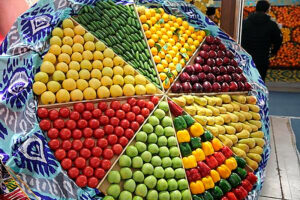
In Uzbekistan, the Trade Development Company (TDC) will reimburse transportation costs for exports of fruit and vegetable products.
According to the Chamber of Commerce and Industry of the Republic of Uzbekistan, the funds are provided to exporting companies after the products are shipped abroad by air. The amount of payments depends on the country of destination and the volume of goods.
For deliveries to China or Afghanistan, 13% of the cost will be paid. For exports to other countries (except those bordering Uzbekistan), the compensation will be 15%.
The CRT was established by a presidential decree and is managed by the Chamber of Commerce and Industry. It is responsible for the distribution of funds from the Trade Promotion Fund, in particular for export subsidies.
The organization covers the costs of transportation, renting foreign offices, warehouses, retail space, insurance, and advertising. It also helps businesses establish cooperation with foreign brands and attract foreign specialists.
fruit and vegetable exports, trade development, transportation costs, UZBEKISTAN

Where are the most companies with medical licenses?
Almost 14 thousand companies have the right to practice medicine in Ukraine, according to the Ministry of Health of Ukraine (MoH) as of mid-October 2024. In 2024, 16% more medical licenses were issued than in the same period last year. Nursing, healthcare organization and management, and therapy are in demand. Every fifth licensed medical company is located in Kyiv.
13,887 companies and 28,054 sole proprietors have received licenses from the Ministry of Health. You cancheck whether a medical institution is legally operating and has the right to provide medical services in the Openatabot.
However, since the Ministry of Health does not publish TINs of sole proprietors, it is currently impossible to check whether such an entrepreneur has a medical license.
The peak of medical licenses was in 2019: 910 companies in 9 months. Since then, the number of new permits to work in the medical field has only been decreasing.
355 medical licenses have been issued to Ukrainian companies since the beginning of the year. This is 16.4% more than in the same period in 2023, but still less than before the full-scale war. During the same period in 2021, 670 licenses were issued.
Most of the issued medical licenses are valid: 81,1%.
Most licenses were issued for nursing – 87% of the total number of companies. Healthcare organization and management is next (81%), and therapy is the most popular (39%). It should be noted that one company can hold licenses for several areas.
Ultrasound diagnostics (30.6%), neurology (28.3%), obstetrics and gynecology (27.7%), and dentistry (26.9%) are somewhat less popular.
However, there are also areas that are almost not in demand. For example, forensic psychiatric examination or such narrow fields as forensic toxicology and cytology – only a few companies have licenses in these areas.
In general, most medical companies with valid licenses operate in Kyiv – 20%. This is followed by Dnipropetrovs’k region (8%), Donetsk, Lviv and Kharkiv regions (6% each).
The list of the largest licensed companies by revenue includes a large number of businesses that do not have a leading medical business. Mostly, these are companies that offer medical services to their employees. For example, the top company is Nibulon, one of the leaders of the Opendatabot’s Rating of the Largest Employers in Ukraine, which had UAH 22.9 billion in revenue last year.
“Obtaining a medical license was necessitated by the need to have professional medical support for the employees of the Transshipment Terminal in Mykolaiv, the largest facility in NIBULON’s network of transshipment complexes and elevators.
Since then, we have a first aid room here, which now provides services to employees, primarily to drivers of the company’s own vehicles at the stages of pre-trip and post-trip inspection,” comments Yana Romanenko, HR Director at NIBULON.
However, there are companies in the top that provide medical care to everyone – this is the M.T.K. Medical Center with a turnover of 4.2 billion in 2023.
Also, the top companies are Dobrobut Polyclinic Medical Center with a revenue of UAH 2.2 billion, Dila Medical Laboratory, which earned UAH 2 billion, and Cinevo Ukraine with a turnover of UAH 1.9 billion.
It is worth noting that the top list also includes pharmaceutical companies such as: “Darnitsa, Kyivmedpreparat, Zdorovye, and Borshchahivskiy Chemical and Pharmaceutical Plant.
https://opendatabot.ua/analytics/moz-licenses
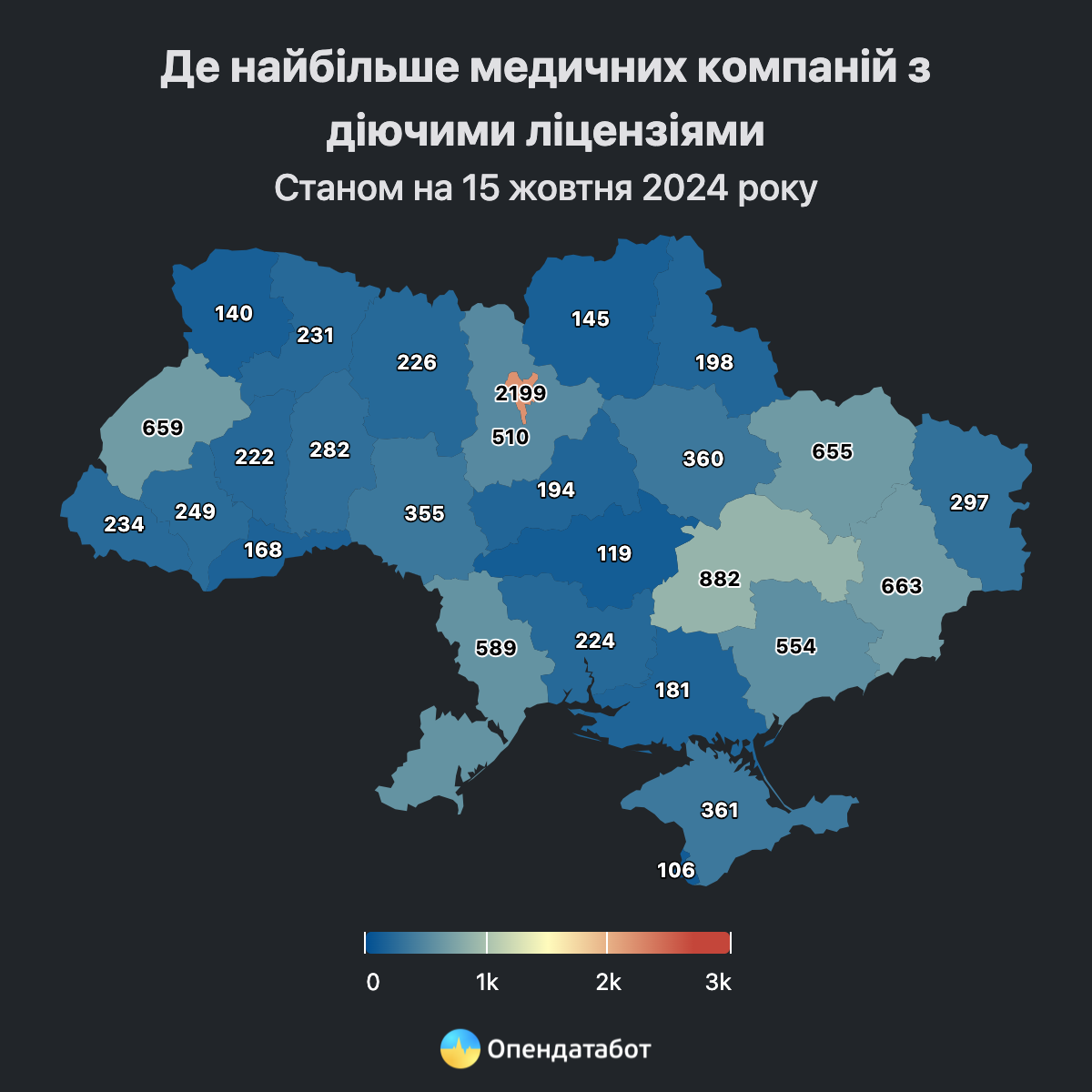
Ukraine’s public debt to GDP ratio from 2009 to 2023 (UAH mln)

Open4Business.com.ua
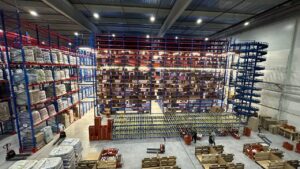
Ukrainian pet products supplier Suziria Group has developed a three-year business development strategy, which envisages the construction of a wet pet food production facility in the city of Kalush (Ivano-Frankivsk region) and has attracted more than $6 million in external financing, co-owner and head of the supervisory board of Suziria Group, founder of a chain of pet stores Polina Kosharnaya said.
“We also have a 3-year business development strategy that runs until 2027. It presents business modeling. It (strategy – IF-U) describes both the existing business and the development of new production. (…) This is the first project that is being built with large external financing. The project itself, the construction, has already started,” she said at the ‘CEO Summit’ that Forbes Ukraina held in Kiev on Friday.
Kosharnaya added that the group has won a $2 million USAID grant, of which $1 million has already been spent for equipment fabrication. In addition, Suziria Group intends to raise about $4 million more in external loans in 2025, will receive another $1 million grant, and will also use its own funds.
As reported, the state-owned Oshchadbank (Kyiv) signed an investment loan agreement with Suziria Group for the amount of over $4.5 mln. The bank said that currently Suziria Group produces wet pet food at partner facilities in the EU countries. The development of its own production will help the company to gradually abandon imports of this category of products and expand the geography of sales. In three years Suziria plans to start its own export of Ukrainian-made wet pet food to the European market.
According to Oschadbank, Suziria Group plans to double its production volumes in the next five years.
Suziria Group is a Ukrainian family group of companies, which has been developing the market of pet products for more than 30 years. It includes Suziria Brands, Suziria Distribution, MasterZoo chain of pet stores, which has 190 stores, as well as a network of grooming salons. The company operates throughout Ukraine and abroad, exports its own goods under the brands Savory, Half&Half, Special One, Pet Fashion, Buddy Boo, Priroda, Puramur.
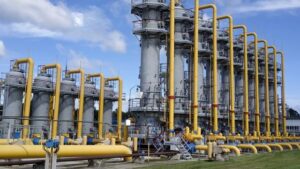
On November 1, 2024, Ukraine started the season of natural gas withdrawal from its underground gas storage facilities (UGS), according to the data of the Association of European Underground Gas Storage Operators (GSE). While on October 30 and 31 a small filling of storage facilities was recorded, on November 1 the volume of their filling decreased by 0.05%.
On October 31, the head of Naftohaz, Oleksiy Chernyshov, stated on his Facebook page that the heating season was actively starting in Ukrainian cities.
He recalled that Ukraine used about 6.7 billion cubic meters of gas from its subway gas reservoirs during the 2023/2024 heating season, and expects the same figures for the 2024/2025 season.
As reported, Ukraine entered November 2023 with 16 billion cubic meters of gas stored in UGS facilities. In general, during the heating season 2023/24, 8.5 billion cubic meters of natural gas was withdrawn from storage facilities, of which Ukraine used 6.7 billion cubic meters. The gas withdrawal season lasted a total of 145 days.
Ukraine planned to enter the heating season of 2024/25 with gas reserves in UGS at least 13 billion cubic meters. At the same time, the low activity of gas injection by non-residents forced Naftohaz to buy gas and store it in Ukraine’s UGS facilities in the “customs warehouse” (CU) mode,
Chernyshov noted in his commentary to Energoreforma in early October that as of November 1, the company’s purchase of gas in the TC mode, which is carried out as a reserve at the expense of the EBRD loan, will amount to about 0.5-0.6 billion cubic meters.
According to former Energy Minister Olga Buslavets, in general, the reserves in Ukraine’s UGS facilities as of November 1, 2024 amounted to 12.9 billion cubic meters.
natural gas withdrawal, UKRAINE, underground storage facilities
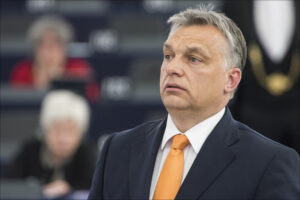
Europe will need to rethink its support of Ukraine if Donald Trump is elected president of the United States, Hungarian Prime Minister Viktor Orban said on Sunday, as the continent “will not be able to bear the burdens of the war alone”.
Orban opposes military aid to Ukraine and has made clear he thinks Trump shares his views and would negotiate a peace settlement for Ukraine.
He backs former president Trump, the Republic candidate, to beat Democratic candidate Kamala Harris in Tuesday’s U.S. election.
“We (in Europe) need to realize that if there will be a pro-peace president in America, which I not only believe in but I also read the numbers that way, … if what we expect happens and America becomes pro-peace, then Europe cannot remain pro-war,” Orban said.
Ukraine will be high on the agenda when European leaders meet in Budapest in the coming week, he said, referring to a European Political Community meeting and a more informal meeting of EU leaders due to take place.
“Europe cannot bear the burden of [the war] alone, and if Americans switch to peace, then we also need to adapt, and this is what we will discuss in Budapest,” Orban said.
Europe is jittery about how the outcome of the U.S. election will affect the war in Ukraine and the continent’s security.
Orban has angered Brussels with his close ties to Russia and opposition to aid for Ukraine.
Hungary’s foreign minister Peter Szijjarto said in July that the Hungarian government sees Trump as a “chance for peace” in Ukraine.
In July Orban said his team was assisting Trump’s aides with policies on families and migration. On Thursday, he called Trump to wish him good luck ahead of Tuesday’s election.